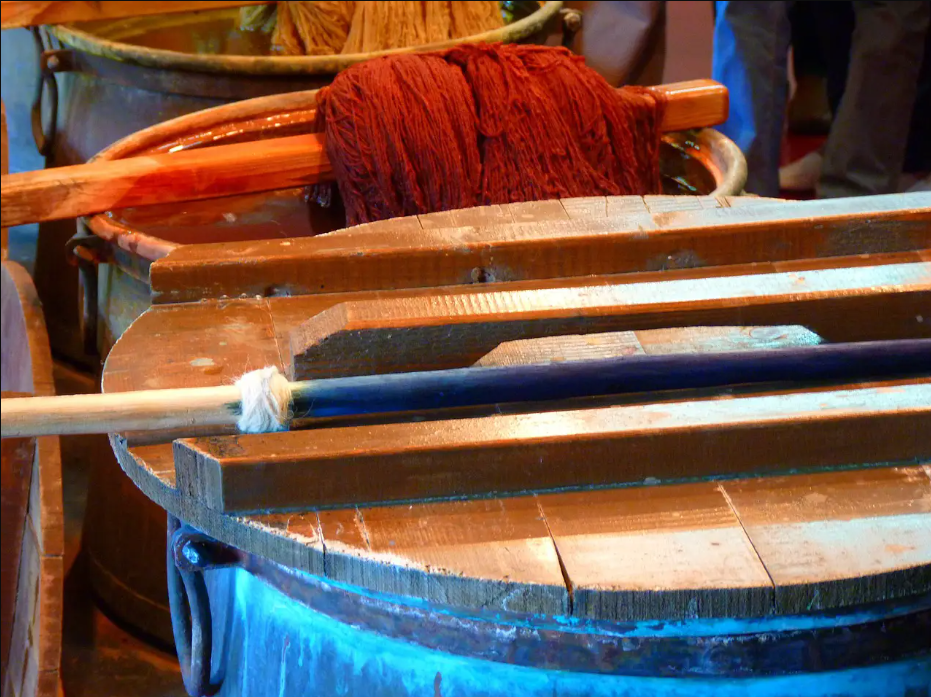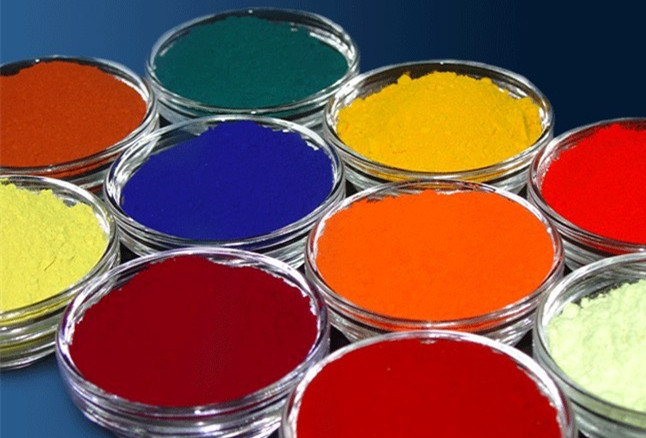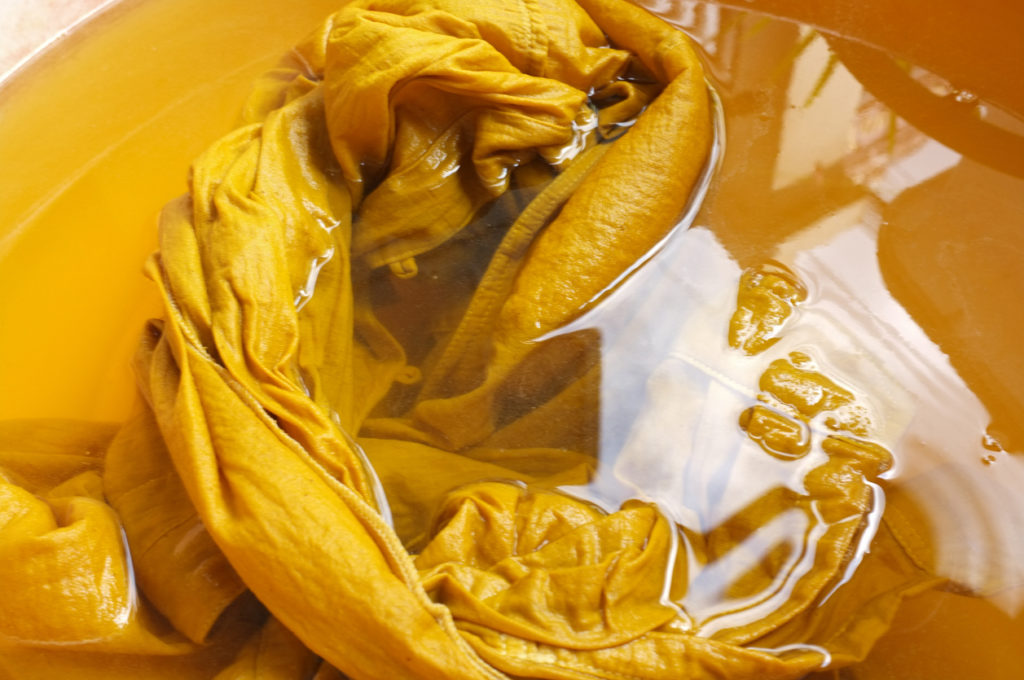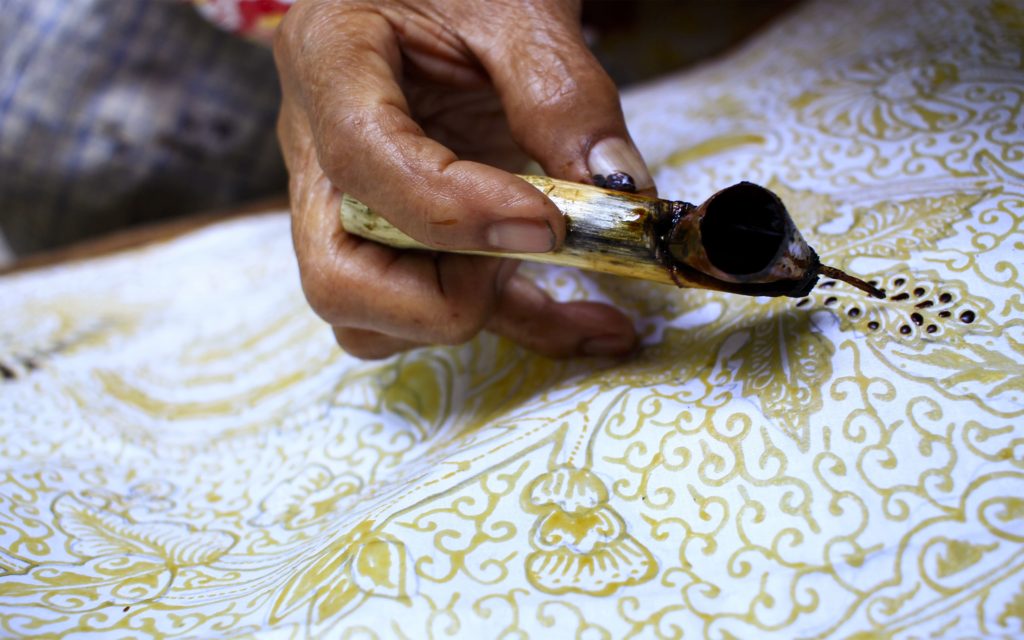Introduction
Dyeing is a crucial process in the textile industry, transforming raw fibers and fabrics into an array of vibrant hues. Different dyeing methods are employed, each with its unique method and applications. In this comprehensive guide, we delve into various dyeing methods used in the textile world, shedding light on their processes and applications. Click here to learn more about different techniques of dyeing at various stages.
Direct Dyeing

Direct dyeing is a straightforward method involving immersing the material in color without additional fixing procedures. It’s an excellent choice for achieving vibrant and fast colors quickly, making it a popular choice for many textiles.
Disperse Dyeing

Disperse dyeing, on the other hand, relies on heat and pressure to introduce color to the fiber. The high-temperature, high-pressure conditions make this technique suitable for synthetic fibers like polyester, producing vivid and durable colors.
Pigment Dyeing

Pigment dyes are mixed with a binding agent and applied to the fiber. This method yields bright colors, with various types of dyes such as basic, acid, naphthyl, and sulphur dyes, each offering a unique color range. Chrome dyes are used on wool, often with an additional chemical for better fiber penetration.
Natural or Vegetable Dyes

Natural or vegetable dyes have a rich history of traditional use. They are gaining popularity for their unique color characteristics and eco-friendly nature, offering a sustainable alternative to synthetic dyes. Learn more about natural dyes.
Specialized Dyeing methods

1. Bale Dyeing is a cost-effective method for dyeing cotton cloth, where the material is sent through a cold water bath without prior processing. The warp, sized with an affinity for the dye, takes on the color.
2. Batik Dyeing is an ancient Indonesian technique involving wax-resistant patterns. It allows for the selective application of dye, creating unique and intricate designs.
3. Beam Dyeing is used to dye the warp before weaving. The fabric is wound onto a perforated beam, and dye is forced through the perforations to saturate the yarn with color.
4. Chain Dyeing is ideal for materials with low tensile strength. Multiple cuts or pieces of cloth are joined end-to-end and dyed together for higher production efficiency.
5. Cross Dyeing is a method that creates varied color effects within one dye bath for fabrics containing fibers with differing dye affinities.
6. Jig Dyeing is conducted in a jig, vat, or vessel, with the fabric openly formed. The fabric passes through a deep dye bath, achieving the desired shade through repeated passes.
7. Piece Dyeing imparts a single color to fabrics in their cut, bolt, or piece form after weaving.
8. Random Dyeing involves selectively coloring portions of the yarn, creating unique patterns and effects.
9. Raw Stock Dyeing dyes the fiber stock before spinning, following the degreasing of wool fibers.
10. Solution Dyeing, also known as dope dyeing or spun dyeing, effectively bonds pigment color in the solution during filament formation, producing vibrant, fast colors for both cellulosic and non-cellulosic fibers.
11. Yarn Dyeing takes place before weaving, allowing for intricate patterns and color variations in the final fabric.
Conclusion
The world of textile dyeing is a vibrant one, offering a spectrum of techniques to create textiles that are not only functional but also visually stunning. Understanding the diverse methods available empowers textile designers and manufacturers to bring their creative visions to life while meeting the unique demands of different fiber types and applications. Whether you’re seeking brilliant synthetic colors, earthy natural hues, or intricate patterns, these dyeing techniques open up a world of possibilities in the textile industry.
